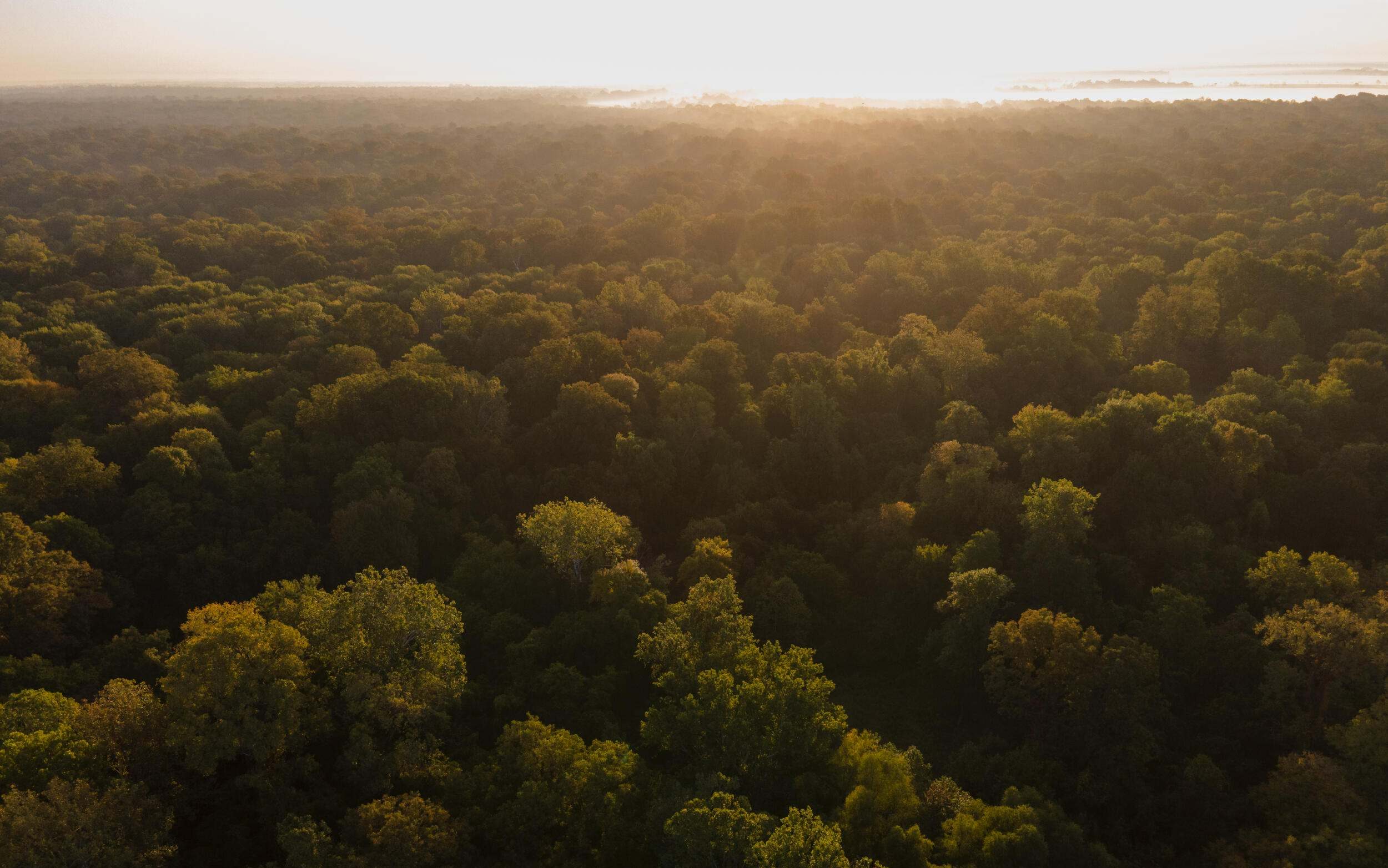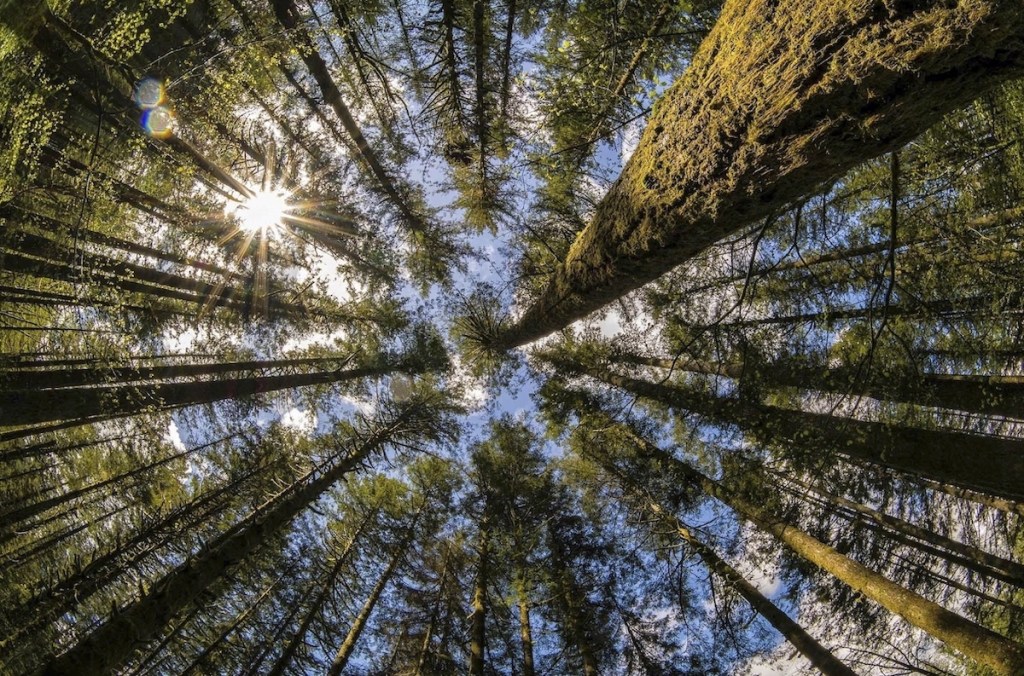Albedo changes can cause large reductions to the climate benefit of tree planting. New research helps identify areas around the world with the greatest climate-cooling potential.
The Gist
Planting trees in areas that would naturally support tree cover is a well-known and high-potential climate solution, but its effectiveness varies around the world. Restoring tree cover often involves replacing land covers like grasslands with trees and this shift from a brighter landscape to a darker one can decrease the ‘albedo’ effect – the fraction of solar radiation that is reflected from the Earth’s surface.
While trees absorb more atmospheric carbon, leading to planetary cooling, tree cover also absorbs more solar radiation than other vegetation types, leading to warming. The balance of this effect varies from place to place, and until now, this effect has not been well-characterized in carbon accounting estimates for tree cover restoration.
New research published in Nature Communications aims to change that. The study, led by Clark University alongside The Nature Conservancy and ETH Zurich, provides detailed maps that factor in carbon and albedo to show where tree cover is likely to contribute to global warming, rather than abate it.
The albedo effect is particularly relevant in boreal and dryland ecosystems, although the research found that even within these locations there are places where tree planting will have a net cooling effect. Overall the paper found the global climate mitigation benefit of restoring tree cover may be 20-81% lower than expected from carbon-only estimates, highlighting the urgency to properly account for albedo.

The Big Picture
Many scientists have acknowledged the albedo problem inherent in tree cover restoration efforts but until now, even the best estimates of climate mitigation from restoring tree cover acknowledged albedo but either failed to account for it or made only rough estimates.
“We’ve addressed a significant research gap and gained a much more complete picture of how restoring tree cover can impact our global climate – both positively and also sometimes negatively,” says Susan Cook-Patton, Sr. Forest Restoration Scientist at The Nature Conservancy and co-author on the paper.
“There are so many good reasons to restore tree cover, even in locations with fewer climate benefits: Cleaner water, resilient food production, wildlife habitat, and so on. Our paper simply provides decisionmakers with one more set of tools in their toolkit.”
One bright spot in the research: it found that hundreds of thousands of on-the-ground tree cover restoration projects tend to be concentrated in places where the potential for carbon removal is high and albedo is moderate – in other words, places with high climate mitigation potential. However, two-thirds of these on-the-ground projects still face an albedo offset of at least 20%, highlighting the need for all projects to consider albedo change in their accounting.
The Takeaway
While restoring tree cover is not a substitute for reductions in fossil fuel emissions nor for the protection of intact forests, it remains a highly promising natural climate solution with benefits that extend beyond carbon sequestration. With climate change and biodiversity loss accelerating, we are in a critical time and need to make fast and smart decisions about which solutions to deploy, and where.
How albedo affects climate numbers can no longer be ignored. These new maps make it possible for people making decisions around tree cover restoration to determine the best places to plant trees for climate benefits, as well as evaluate different scenarios of where restoration of tree cover might happen.
“We’re calling on governments and land managers to more carefully consider albedo in their environmental decision-making,” says Cook-Patton. “And we’re open sourcing this robust new set of tools to help them do so.”
The data in this study has also been integrated into the reforestation and avoided forest conversion estimates in naturebase.org, a free open-data platform which helps policymakers, practitioners, and technical experts identify, analyze, and make informed decisions on why, where, and how to implement natural climate solutions to benefit people and the planet.



